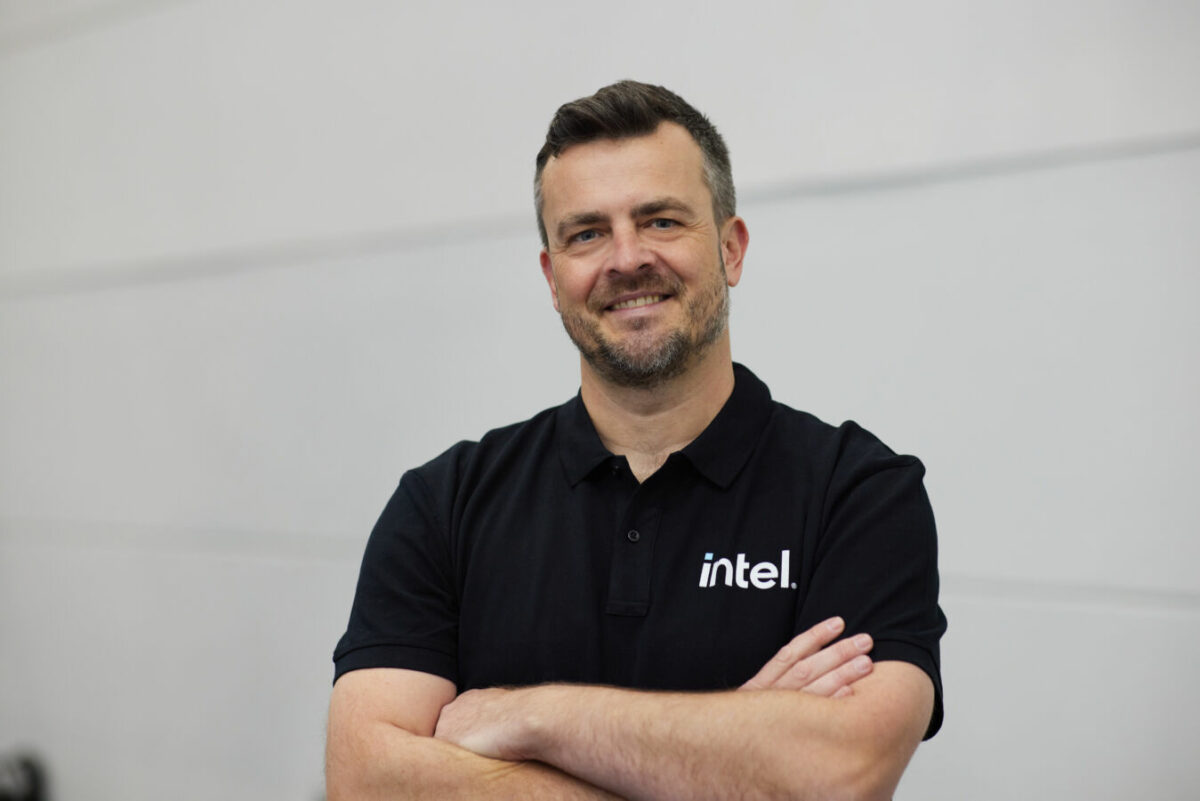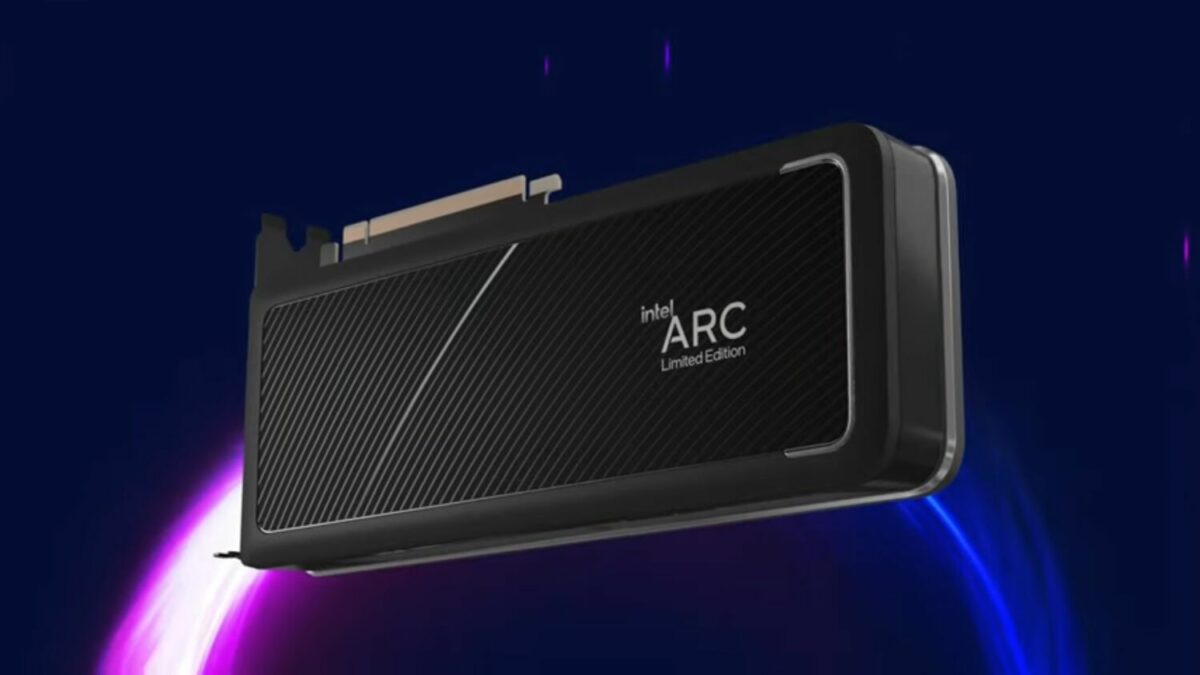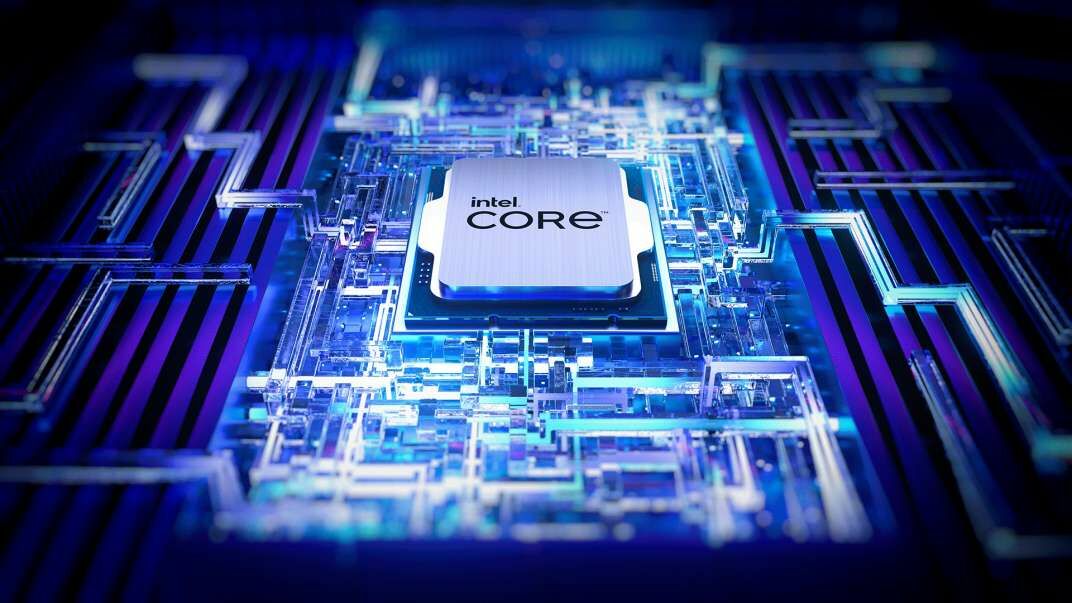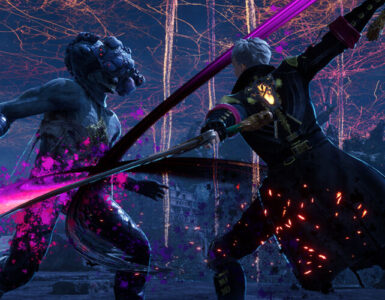Tech trends come and go, but for Intel, the PC market continues to be the long game for the chip company. The industry giant has, after all, plenty to thank for its rise to a leader in the microprocessor and CPU business, growing out of its past shadow as a memory chip manufacturer.
And things have certainly changed over the years, with the landscape hit by various evolutions, changing preferences, and industry shifts. An increase in demand for GPUs, the growth of console gaming, hardware advancements, a shortage in component supplies – Intel’s been through the major events in history, held strong by an unwavering commitment for innovation, adaptation, and betterment.
It’s this burning spirit that saw the brand take a bold plunge into the realm of gaming-focused graphics cards, predominantly ruled by AMD and NVIDIA. The Arc Graphics lineup is its secret weapon, designed to strike a balance between affordability and performance.

“We look at our Arc Graphics lineup as addressing two primary goals: First, to offer customers a compelling solution to their PC gaming needs, and second, to bring balance back to the GPU market,” explained Dino Strklhjevic, Southeast Asia and ANZ Sales Strategy Specialist, in an exclusive interview with Geek Culture.
“By entering the GPU space as a third player, Intel is ready to turn in gamers’ favour and disrupt the market by driving performance per dollar,” he added, citing the very reasonably-priced Arc A750 as an example. Despite its US$249 price tag, the graphics card is touted to deliver 50 percent more performance per dollar than the above-US$300 NVIDIA GeForce RTX 3060, making it better value for money.
Part of the boost can be attributed to the graphics compute capabilities of the Arc Graphics roster, including the A750. The modern GPU architecture features support like ray tracing, which enhances the lighting in games, and AI super sampling with XeSS, which renders a game at a lower resolution than upscales the image using AI to a higher resolution with a quality similar or better to a native render. Simply put, players will be able to enjoy an extra level of realism at a higher frame rate and resolution.
In a world where graphics card performance continues to be a major determining factor for PC gaming experiences, these upgrades give Intel an edge over the competition. “For today’s gamers, when it comes to high-end desktops or laptops for virtual reality, the CPU, GPU, and memory are the most critical components,” Strklhjevic explained.
“Our latest 13th Gen Intel Core processors are able to deliver a mixed reality experience through amazing game physics, precise controls, as well as rich 360 degree 3D visuals and immersive 3D sound, as part of a robust performance-based platform.”
And it’s not just the gaming enthusiasts who stand to benefit from the features. According to the founding member of the Team Australia overclocking team, the technological advancements on a high-end processor also “opens the door for game developers to explore even more immersive gameplay experiences.”
“I think there has never been a better time than now to be a gamer, and more so being a PC gamer,” he shared.
It certainly helps that cloud gaming is making games more accessible to all, especially in Asia-Pacific as the region is expected to remain the biggest market for cloud gaming over the next few years, with healthy growth expected to come from Japan, India, and Southeast Asia.
All things considered, the future of PC gaming is looking bright, and Intel is working hard to further unleash the performance potential of its Arc GPUs, and bring it to Asia-Pacific and the rest of the world. The process starts with addressing customer feedback – a common criticism of its graphics cards has always been the lack of driver support, especially on select game titles, and the tech titan has released more than 11 new driver updates since the launch of its latest Intel Arc graphics drivers in October 2022.

Additionally, more than 27 new or significantly updated titles have also received support from Intel, who are working with its developer partners to get more out of their games. The result of this collaboration is a current count of 35 titles with XeSS support, as compared to just 17 announced last October.
It’s a series of small steps that would pave the way for more growth in the PC gaming scene – both regionally and beyond.
“The road is long, but we’re committed to seeing this through, and to show the world what our Arc Graphics lineup can really do,” affirmed Strklhjevic. “At the end of the day, whether for professional or casual gamers, the best gaming is done on the PC and Intel is, and will continue to be, an integral part of that experience.”














